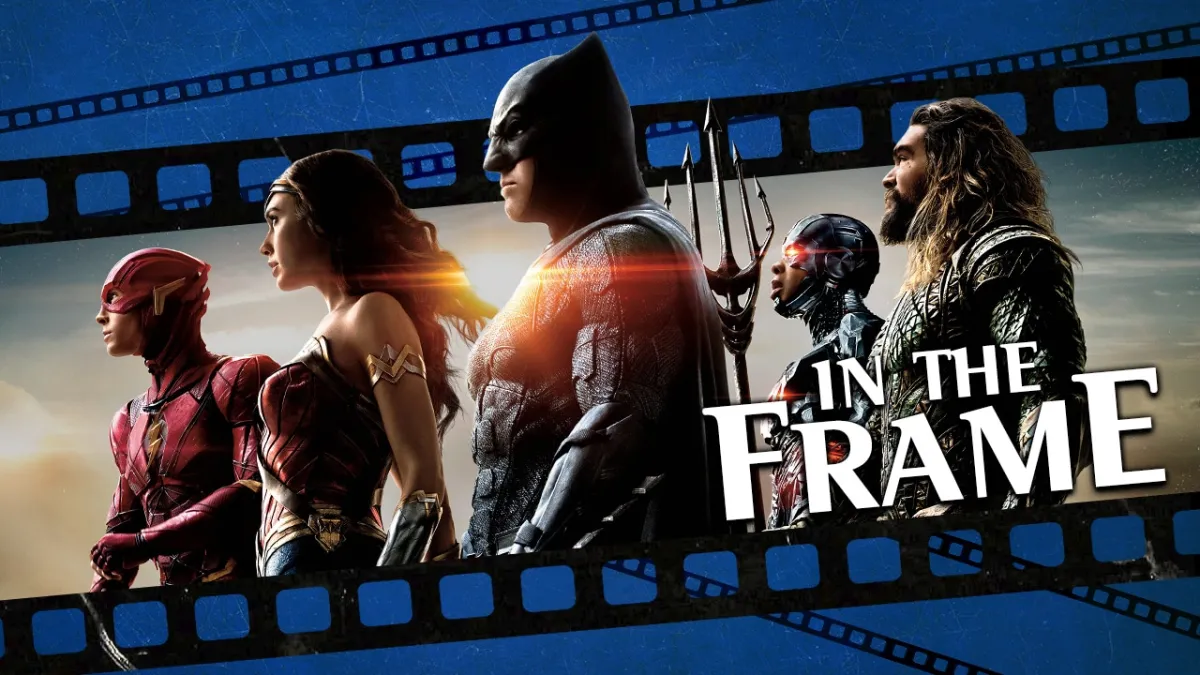It’s official. Zack Snyder’s Justice League will not be a part of the DC Extended Universe.
This is not a surprise. The DC movies have largely moved past Justice League. While Aquaman and Wonder Woman 1984 flow outwards from those films, a lot of Warner’s recent output seems to exist quite apart from the shared universe promised by Man of Steel. Though Superman appeared in Shazam!, Henry Cavill did not. Birds of Prey is built around the absence of Batman and the Joker, as if acknowledging how Ben Affleck and Jared Leto had abandoned the roles in the franchise.
Even beyond the understandable urge to distance the extended universe from the theatrical release of Justice League, the very notion of a director’s cut opens all sorts of questions about the mechanics of a shared universe. When two different iterations of the same film exist, which one takes priority? The central appeal of a shared universe is the insistence that every film matters and that every film advances the single narrative, but that doesn’t work when there are multiple alternative versions.
The Marvel Cinematic Universe understands this. Disney has imposed a cinematic “house style” on the films within the franchise, both visually and aurally. Director Lucrecia Martel turned down the opportunity to direct Black Widow when she was told that the film’s action scenes would be handled by the studio. The shared universe is prioritized over individual visions. Edgar Wright balked at the idea of Marvel rewriting a draft of his Ant Man script; he was replaced by Peyton Reed.
There are plenty of superhero movies that offer extended or alternate cuts, from Superman II to Daredevil to Watchmen to X-Men: Days of Future Past. However, Marvel Studios has avoided issuing alternate versions of its movies, even those with notoriously fraught postproduction periods like The Incredible Hulk or Avengers: Age of Ultron. This is a bold statement, given how much money exists in reissues. It is a statement of principle, rather than a simple financial calculation.

Like George Lucas’ refusal to release the original cuts of Star Wars, the decision to preserve the integrity of the theatrically released versions of these films is an exercise in branding. It is only a slight exaggeration to describe it as the curation of a canon. It argues that the purity of the composite created by these films together is more important than the potential of any individual film within the set.
There is perhaps something in the MCU’s tendency to lean on directors with extensive backgrounds in television, like Joss Whedon on The Avengers, the Russo Brothers on Captain America: The Winter Soldier, Alan Taylor on Thor: The Dark World, Anna Boden and Ryan K. Fleck on Captain Marvel. While there has been an increased acknowledgement of the importance of television directors in recent years, the authorship of television directors has never been celebrated like that of their cinematic counterparts.
To be fair, auteur theory has its limitations. Film is a collaborative medium. It is not necessarily fair to paint this as a simple conflict between director and studio. After all, the big conflict on The Incredible Hulk was between Edward Norton and the studio, with actual director Louis Leterrier caught “in the center.” It is perhaps more accurate to describe the conflict as one between a vision of creatives working on a single film and the demands of a studio’s internal consistency.
There is a lot to recommend that internal consistency. The MCU makes a lot of money. It attracts audiences. It is a cultural phenomenon. Not a single film within the MCU has a negative aggregate score on Rotten Tomatoes. However, it is not an approach that can be applied universally. The last decade saw many studios trying and failing to emulate the MCU by crafting shared cinematic universes in its image, resulting in a variety of embarrassing misfires.

As such, it is a good thing that Zack Snyder’s Justice League is not being tied to a larger shared continuity, with Snyder himself joking that his three films will compose a “Snyderverse.” This pocket universe is unlikely to impact Ava DuVernay’s New Gods, allowing the director the freedom to put her own stamp on the concept. It is unlikely to shape Matt Reeves’ vision for The Batman. The DC brand is broad enough to support films as distinct as Joker, Teen Titans GO! To the Movies, and Birds of Prey.
This plays to the strength of DC’s iconic roster. These characters have been interpreted and reinterpreted for decades, providing a base wide enough to support a wide variety of tones and perspectives. Even a single character like Batman can support multiple interpretations, with a shared universe like the MCU unlikely to embrace the delightful weirdness of Tim Burton’s Batman or the psychological grounding of Christopher Nolan’s Batman Begins.
There is something commendable in the idea that there is no singular definitive interpretation of a given pop culture property. The maintenance of a single cohesive narrative has quasi-religious undertones. The terms “canon” and “apocrypha” are not applied coincidentally. If Grant Morrison is correct that superheroes have supplanted mythology, then is the careful corporate cultivation of continuity an act equivalent to the selection of the chosen gospels? A four-color gospel canon?
This is nothing new. “Canon” has long been used to enforce orthodoxy within franchises. Richard Arnold established himself as the curator of the Star Trek canon, famously declaring both tie-in novels and The Animated Series to be non-canonical. He also used his authority to bully those who would not submit to his idea of what Star Trek was, such as writers like Peter David or Diane Duane. After Arnold left, ideas from the novels and the cartoon drifted back into continuity.

Curation offers benefits but also presents risks. In the past few years, large fandoms have not always been pleasant places to be, in large part because of arguments about whether new additions to these established canons are valid extensions or heretical texts. The bitter continuing arguments over the treatment of Luke Skywalker in The Last Jedi are anchored in the idea there is a single and definitive Luke Skywalker and not a range of possible interpretations.
This is true even of the films within the so-called “Snyderverse.” A lot of the criticism around Snyder’s presentation of Superman and Batman is that these are not the “real” versions of the characters and represent a betrayal of some idealized abstract concept. It doesn’t matter that the film’s cynicism about a billionaire who uses his fortune to operate outside the law and victimize poor communities might be earned; it only matters that “Batman doesn’t kill” – except when he does.
This is not to mount a full-throated defense of these films, which are likely to continue to serve as a focal point of discussion and debate for years to come. Rather, it is to make the point that it is good to have space in which alternate and competing interpretations of these sorts of characters can thrive. If so much tension in modern fan culture derives from arguments about what is and is not “canon,” then perhaps the canon is not worth the trouble.

This idea has begun to make its way into major blockbuster releases, with several modern franchises actually celebrating their own disparate internal continuities instead of trying to smooth them into a single cohesive whole. Spider-Man: Into the Spider-Verse is a film built around the idea that there is no single definitive or correct version of Spider-Man. Instead, there is simply a core idea that can be developed and expanded in a variety of interesting directions.
If the only purpose of canon is to exclude rather than to expand, to mark the boundaries of what is deemed acceptable and permissible with these fictional characters, then it is worth asking who it ultimately serves. There’s a lot to be said for the freedom of the public domain, which allowed for various competing and overlapping radical interpretations of Sherlock Holmes in Guy Ritchie’s Sherlock Holmes film, Steven Moffat’s Sherlock, and CBS’s Elementary.
Warner Bros. famously fast-tracked Zack Snyder’s Justice League to serve as a cornerstone of its expansive shared universe, which was clearly to be built in Marvel’s image. As such, it feels appropriate that Snyder’s version will finally arrive on streaming as a repudiation of that ambition. When it arrives on HBO Max, Zack Snyder’s Justice League will no longer be treated as a definitive statement of what these characters represent in the modern era. That is a worthy statement of itself.






Published: Jul 27, 2020 11:00 am